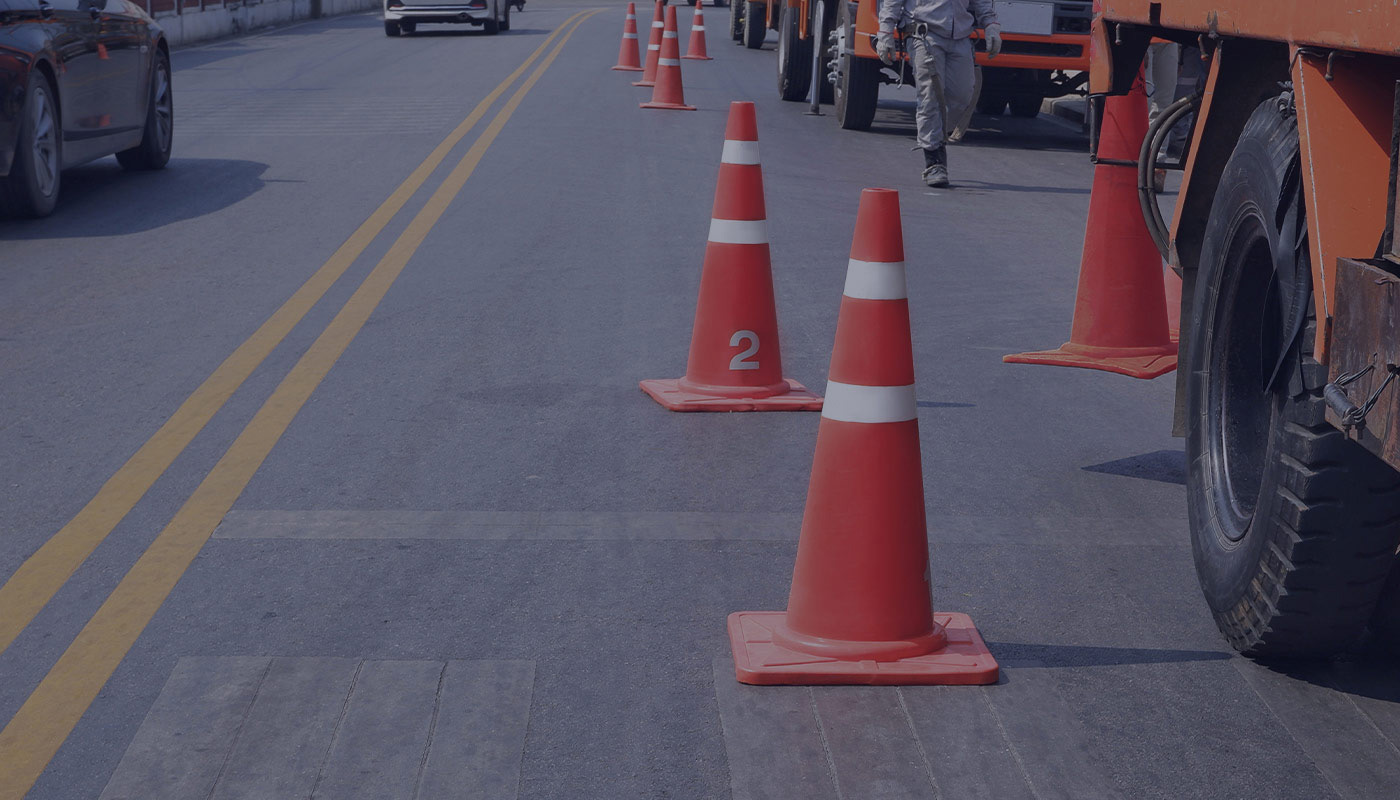Are we losing ground on work zone safety? A recent report shows 97 percent of people who work in road construction zones feel unsafe on the job. That’s a staggering statistic. Meanwhile, the Federal Highway Administration has reported an increase in work zone fatalities in 2021.
At InfraStripe, we’re concerned about the direction these numbers have taken. We’re concerned enough to be thinking about new ways to make work zones safer for everybody — for workers and motorists alike.
While these aren’t our original ideas, we think they’re worth considering:
Mandatory Work Zone Awareness Classes
New drivers learn how and when to stop for school buses. They learn what yield signs mean, and they learn to stop at all active railroad crossings. But do new drivers learn the importance of work zone safety?
We think they should. State exams for permitting new drivers should always include awareness about work zones and their dangers. That way new drivers have this knowledge before they get behind the wheel.
Existing drivers could get this vital information, too. For example, a driver who gets ticketed for speeding in a work zone could be required to take a brief work zone safety awareness class. Or, work zone awareness could be part of the driver’s license renewal process.
Automatic Speeding Tickets in Work Zones
Increasing fines for speeders in work zones has helped deter reckless driving. But even with higher fines, drivers can still speed through work zones without consequences when there’s no state trooper on site to enforce the law.
Meanwhile, more and more municipalities use cameras to ticket people who run red lights. And more and more camera stations track vehicles entering and exiting toll roads, replacing toll plazas.
Couldn’t highway departments deploy the same technology to ticket drivers who enter a work zone while speeding? That way every driver who speeds in a work zone would get a ticket.
Enhancing Our Current Awareness Campaigns
Our industry’s annual National Work Zone Awareness Week, which we celebrated back in April, has been a huge success. Despite the numbers we cited at the beginning of this post, work zones are safer now than they were 25 years ago, before our industry embraced awareness campaigns like NWZAW.
But we can still do more. More companies and state highway departments could embrace awareness campaigns, for example.
Creating a Culture of Safety
Creating a culture of safety for everybody in work zones — for workers and motorists alike — is one of our core values at InfraStripe. It’s one of the reasons we exist.
Improving safety requires a change in culture, and changing culture takes time and commitment. Changing a culture requires investing in new ideas, like mandatory classes and automatic ticketing. And it requires investing more energy into proven tools like awareness campaigns.
Together we can make work zones even safer for everybody.
